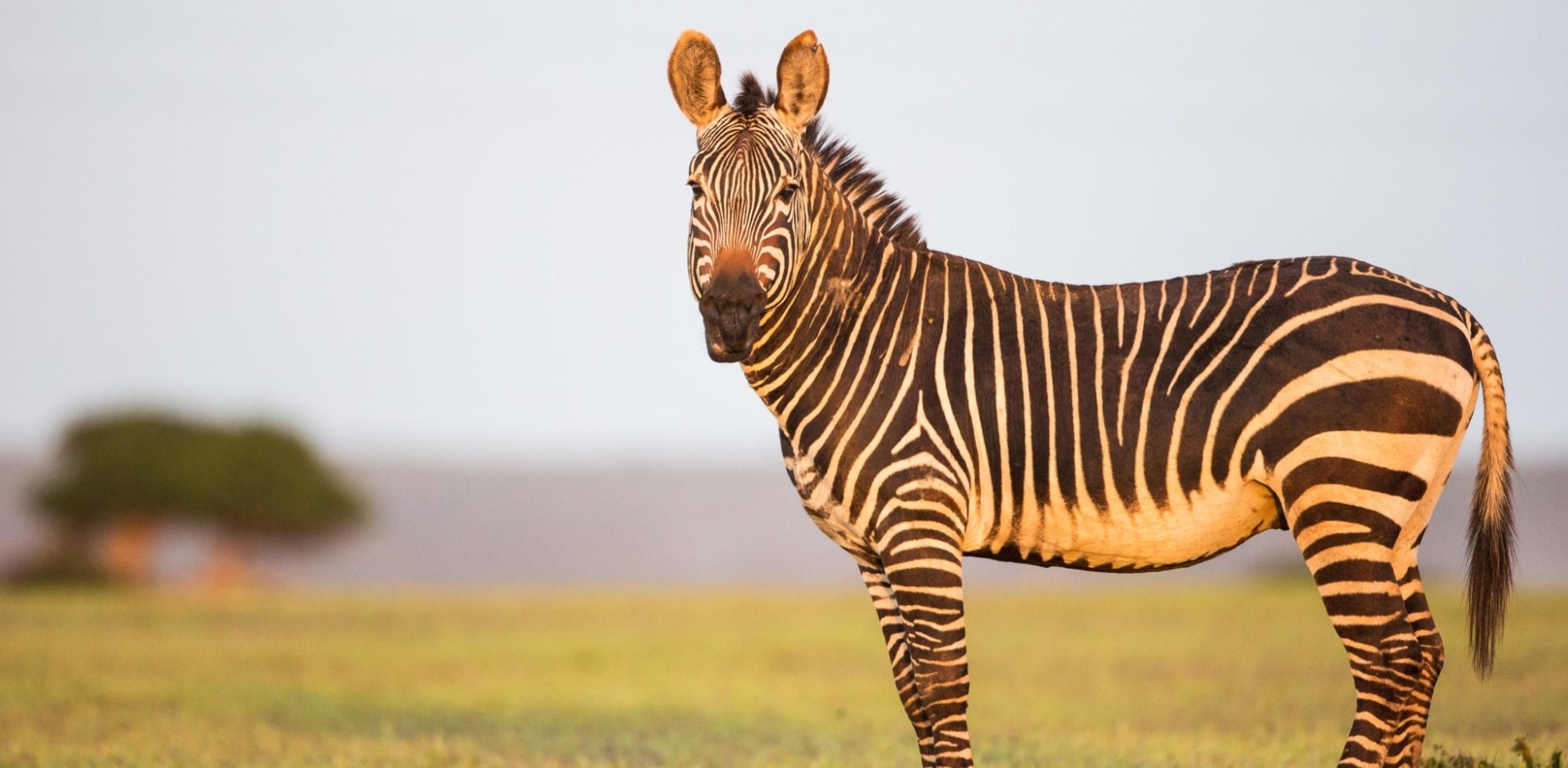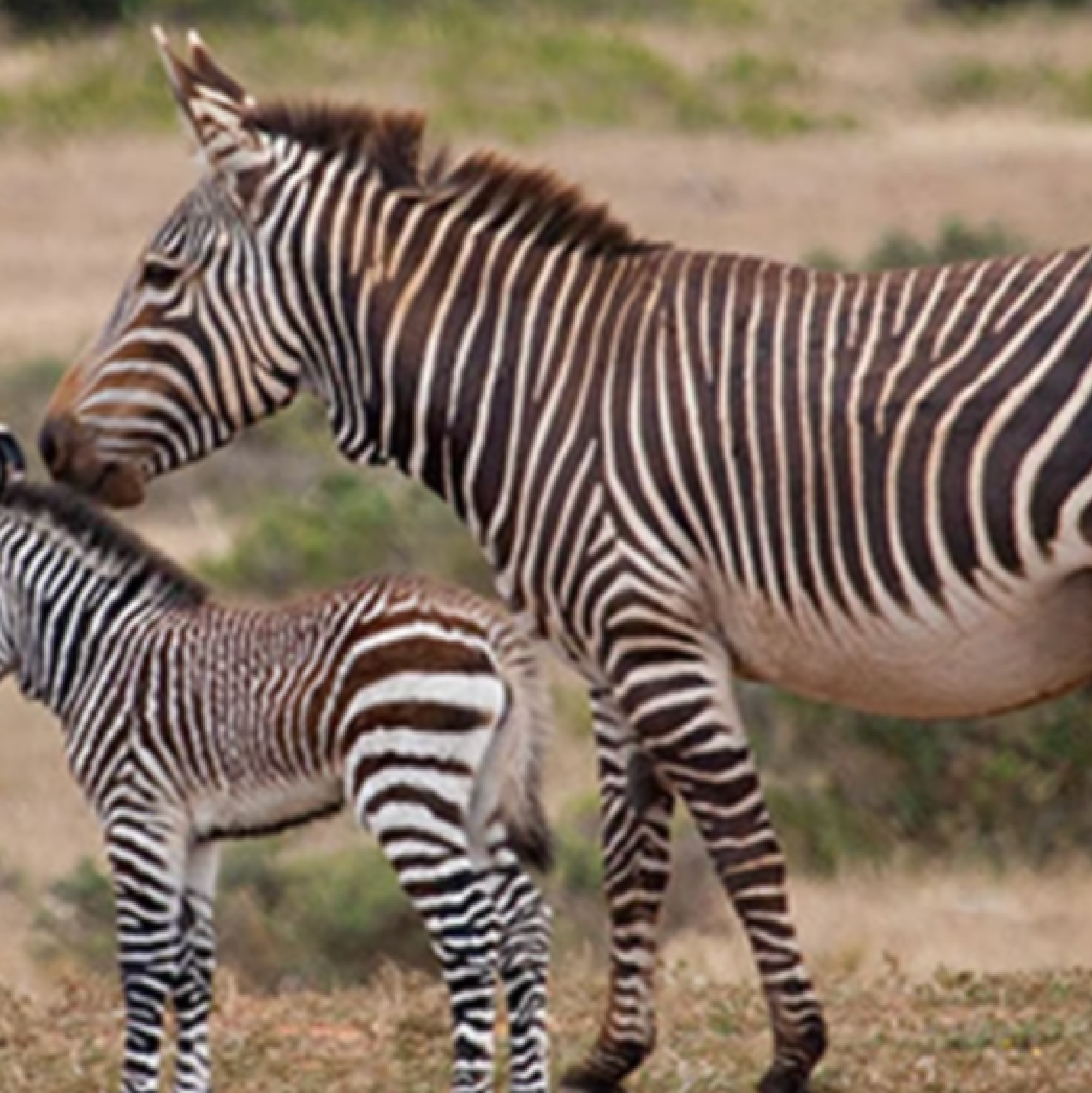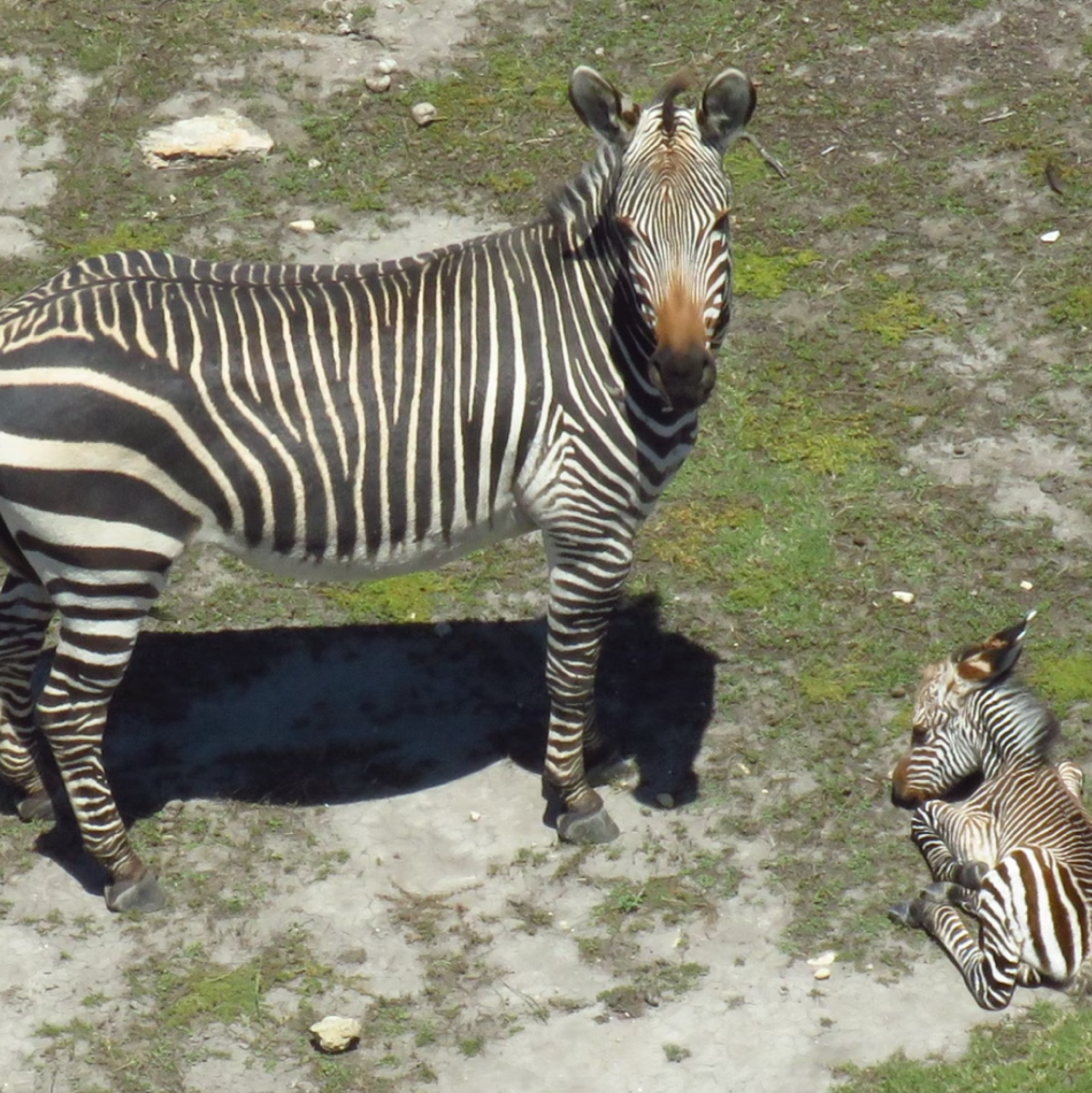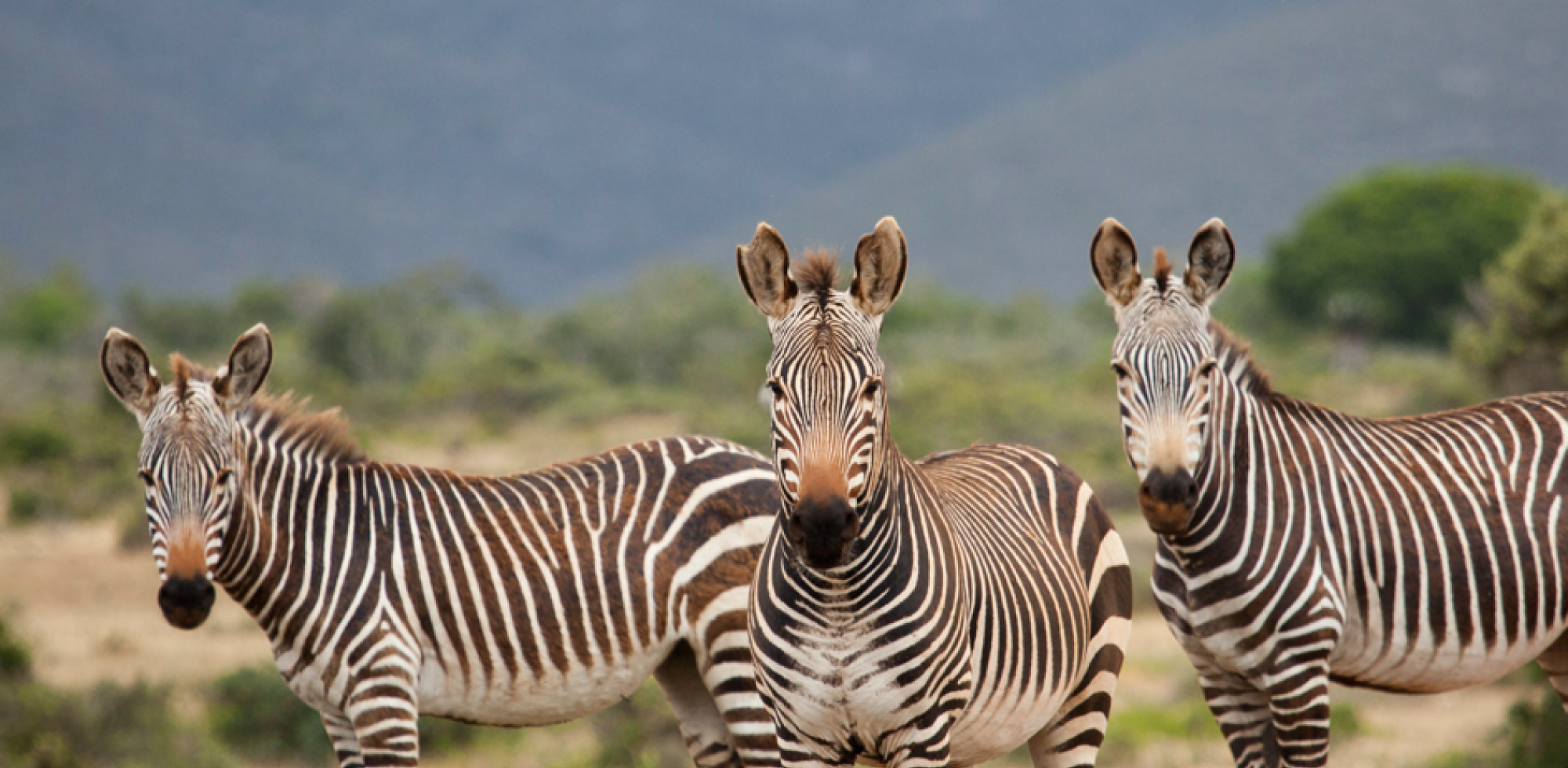Donate to protect Cape mountain zebra
Help us build a fence to protect the Cape mountain zebra

Cape mountain zebra are globally considered “conservation dependent”. This means the long-term survival of this subspecies in the wild depends on the adequate protection and management of the animals and their habitat.
Despite recent successes in increasing numbers, the global population of Cape mountain zebra cannot yet be considered “safe” because of ongoing threats such as habitat loss and fragmentation, as well as inbreeding and hybridisation with other members of the horse family.
A small subpopulation of Cape mountain zebra occurs on Anysberg, and conserving it effectively requires the improved fencing of a portion of this extensive nature reserve.
To strengthen the Anysberg Cape mountain zebra subpopulation, additional animals should be translocated to Anysberg to increase the genetic variability and breeding success. However, new animals can only be introduced once the entire reserve is securely fenced.
CapeNature aims to strengthen the Cape mountain zebra subpopulation on Anysberg to secure its long-term survival and to ensure visitors to the nature reserve can appreciate and enjoy these special animals for many generations to come.
Would you or your business like to support wildlife conservation and make a tangible contribution to biodiversity? We (and the Cape mountain zebra) would welcome your donation!
Donate towards "Donate to protect Cape mountain zebra"
How your donation will make a difference
The rebuilding of South Africa’s Cape mountain zebra (Equus zebra zebra) population is one of our country’s great conservation success stories. At the beginning of the 20th century, there were only about 60 of these animals left in the world due to habitat loss and illegal hunting, but thanks to South Africa’s dedicated conservationists and private landowners, the figure is now around 5 000.
But even though the Cape mountain zebra is no longer threatened, we need to keep it that way. And one of the key ways in which we can do that is to maintain and increase the current subpopulation of these animals at the Anysberg Nature Reserve in the Klein Karoo.
More than 20 years ago, nine Cape mountain zebra were introduced to the reserve, and today they number almost 30. However, this small, isolated subpopulation at Anysberg means they are vulnerable to inbreeding and hybridisation (cross-breeding with other members of the horse family).
The 83 000ha reserve has a long stretch of fence that must be maintained at considerable cost, as it is often damaged by fire, flooding and species such as kudu and eland. Gaps in the fence enable the Anysberg Cape mountain zebra subpopulation to come into contact with other zebra species outside the reserve (such as the Hartmann’s mountain zebra, or Equus zebra hartmannae), threatening the integrity of their gene pool.
CapeNature is keen to introduce more Cape mountain zebra to Anysberg to diversify the subpopulation, especially since there is a surplus of these animals in other reserves – but first, the damaged sections of the fence must be repaired or replaced.
To do so, and ensure the continued protection of the Cape mountain zebra, an estimated R2.5-million is needed. This includes the cost of:
Repairing or replacing a 1.4m-high, 20km-long section of jackal-proof fence
Purchasing steel droppers, binding wire, line and anchor poles
Paying for a helicopter to transport materials into this mountainous area (which has little road access for vehicles)
Please consider donating to our Cape mountain zebra fund.




